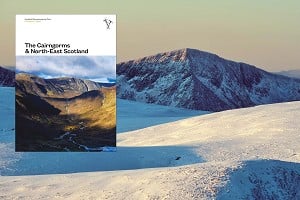
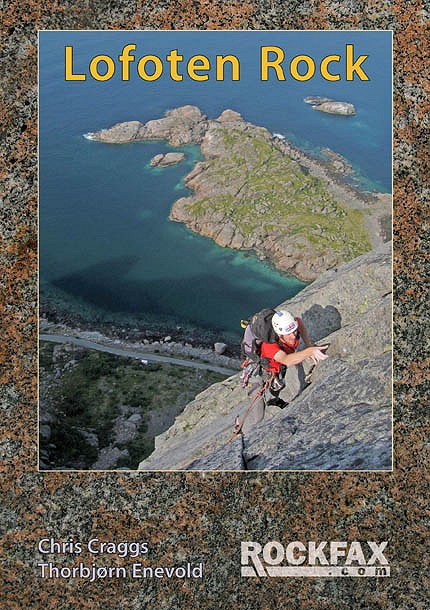
Lofoten is really a quite remarkable place to climb and now it has a remarkable guidebook to describe that climbing. It is the combination of ingredients that makes the climbing remarkable: the “Goldilocks formula” of being not too big but not small; not too hard but not too soft; not too far but not too near
As Lofoten Rock from Rockfax lays out, the islands are full of single pitch crags, but there are also big mountains routes more alpine in scale than British. Secondly very few of the cliffs in the guide need much more than an hour, or two at most, of walking to reach, and most less. Yet at the same time the majority of climbing is very traditional and competent mountain climbing skills are needed to complete those routes.
Finally, to get to Lofoten is possible in a day from most major European airports, yet you will be climbing well north of the Arctic circle, above the powerful North Atlantic, in one of Europe's wilder places. All these things make the Lofoten so special – a cragging holiday that feels like an expedition, or perhaps an expedition where you can relax as on a cragging holiday.
The history of climbing on the Lofoten Islands is interesting in that it has always had an international dimension, and hence it wonders have never been a great mystery to climbers beyond Norway, even if the distance kept many away. This is an interesting comparison to Kvaløya, not too far to Lofoten's northeast, where until very recently the quality of the climbing had been kept to a significant degree within tight and predominantly Norwegian circles.
In Lofoten, Ed Webster added both many routes and produced the first comprehensive guide to the islands in 1994 with “Climbing in the Magic Islands”. His contributions can be seen as a continuance of a tradition of non-Norwegians either exploring on their own or teaming up with locals that goes back to the 19th century and the British pioneers. All this is revealed in the Rockfax's history chapter, illustrated with many period photos. Webster's guide, produced with local support and written in English to appeal to the widest audience, was a generous idea on the part of Norwegian climbers that Rockfax is now continuing.
Rockfax and Chris Craggs have brought their guidebook producing expertise whilst Thorbjørn Enevold and his Norwegian colleagues have added the local expertise and hard graft in research.
I moved away from the UK just before Rockfax's groundbreaking Peak Gritstone East and West were published, and previous to that I had been living and climbing in Scotland where Rockfax is still to penetrate. So I have only limited experience of the Rockfax style but the Rockfax miniguide to the Lofoten Classics was “proof of concept” enough for me. We took an early draft up Vestpillaren and the description was just as good as the Webster description. The full Lofoten Rock is simply rammed full of bright, well produced colour photos that are both inspiring and informative at the same time. The topos allied to limited descriptions work well even on the long routes, and are also welcoming to British climbers who are generally more used to text based descriptions of where to climb.
Again the comparison to Kvaløya is useful here, where the new guide is more in the European tradition of a few words to describe how good the route is and then an extensive topo. The Rockfax is rounded out with extensive useful facts and information chapters, a good history and spread through it - interesting and well written articles on relevant issues such as multipitch abseiling and tip and tricks for more efficient ascents of long climbs.
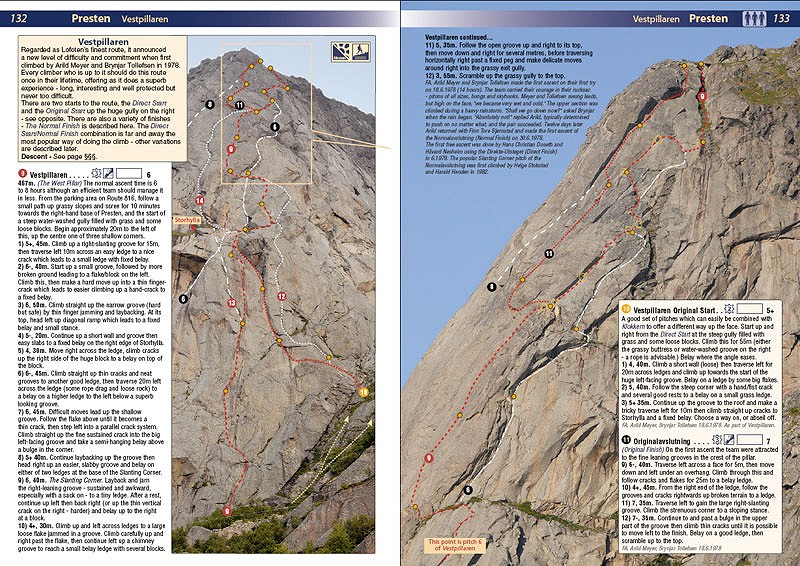
Multi-pitch, traditionally protected mountain rock routes are the thing that most people will be going to Lofoten for but it is not by any means all there is. Lofoten Rock shows the wealth of sport climbing now available on the islands. Two friends were up there for a two-week trip this summer and they called me a couple of days into their second week. Aussie Simon, a keen sport climber, told me with a certain sense of glee knowing my likely reaction: “trad climbing - it's just so last week mate!” Tony, his climbing partner for the trip, went on to redpoint his first ever 7a a few days later at Sandvika, and both were very impressed with the quality of the sport climbing at Eggum.
The Rockfax also lays out some mountaineering, bouldering, scrambling and walking routes, and even has a brief chapter that hints at the winter possibilities with some superb photos that are likely to make Henningsvær somewhat busier in February than before.
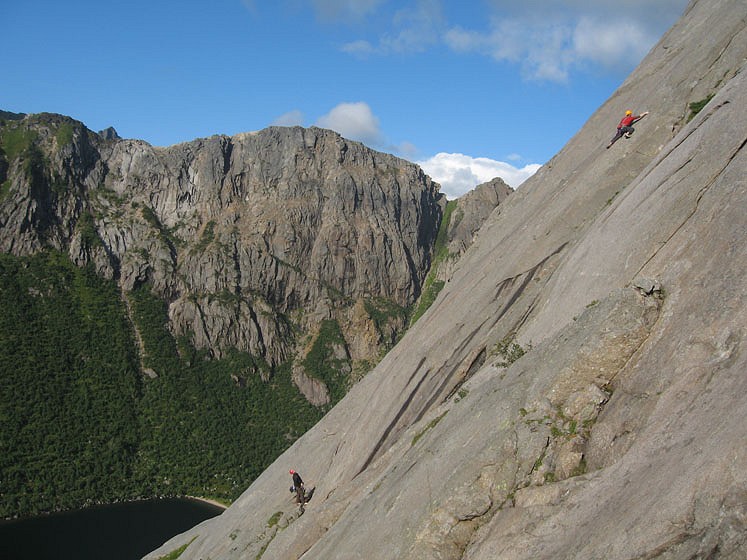
The guide is also comprehensive – this I feel is both a strength and weakness. It means that there is information about just about all climbing known to have been done on the islands, but many of the routes that are included in the chapter “the West”, huge multipitch – indeed perhaps multi-day – aid and free routes clearly have never been repeated and the limited information seems to have been gathered from first ascentionist from across Europe and across the decades. But this part of the guide is rather different from the well documented and described climbing around Henningsvær – a line on a photo and a grade that might include both an aid and free component is possibly all you are going to get to describe a 600 metre long route.

Rockfax has made what is to my mind the sensible decision to give Norwegian routes Norwegian grades. Yes – I know that us Brits know that our grading system is clearly the best for describing trad routes, but nobody else in the world gets it. In actual fact the length of some of the routes in Lofoten do cause problems for UK grades.
The mini-guide gave Vestpillaren E2, despite virtually every move in its 550 metres being protectable and that the tech grade never being more than 5b. It was given E2 because it is long, but to me that might scare off competent E1 climbers who would be perfectly capable of climbing it safely if they just keep plugging away. How long does a route have to be before it gets another E point? In the Lofoten Rockfax saying Vestpillaren is Norwegian 6 and 550 metres long seems a much better approach; British visitors can just try some shorter routes at that grade first and see how they feel.
Only the top 50 routes are given British grades in their separate list – useful as a comparison chart and good pub-argument fodder. I have to thank the writers for turning me, retrospectively, into an E3 leader, for my ground up ascent of the Swedish Corner a few years ago. I never knew I had it in me and will challenge anyone to duel who dares to suggests that it is really just an E1 5c!
As with any book you can pick out imperfections: Robert are Daniela Jasper are German not Swiss and friends tell me that the photo-diagram of the Pizza Thief isn't quite right and that the route is not nearly as good as is made out to be, but one really has to search for such minor errors. Overall the Lofoten Rockfax is one of those guidebooks that works well both on a purely functional level of giving you the information you need to get to the base of a route and then up it, but also on the perhaps more important level of inspiring you to go somewhere new and do great things. Buy the book and head north next summer. You won't regret either.
Lofoten links
- Lofoten Rock on the Rockfax Website
- Lofoten Area Guide on the Rockfax Website
- The Nord Norsk Klatreskole - the social hub of climbing in Lofoten.
- Chris Craggs' blog
Toby Archer, based in Finland, works as a researcher specialising in terrorism and political Islam for an international affairs think-tank. "Climbing keeps me from getting too depressed by these sort of things." He blogs about both at Light from the North. He is part of the UKClimbing.com Gear Review Team. His comment on the US presidential elections was "My 2.5 yr-old son has insisted that he wants a go wearing my "Obama-Biden 08" badge. My wife has now got him shouting "yes we can!" and I think I am about to explode with pride at the overall cuteness of it all!"

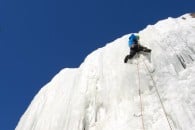

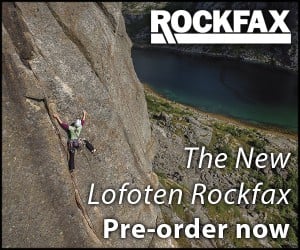
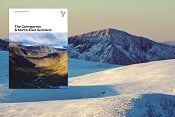
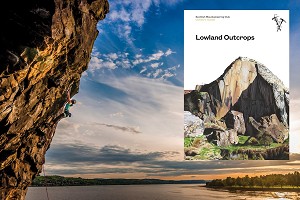
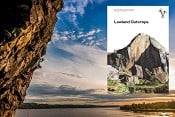


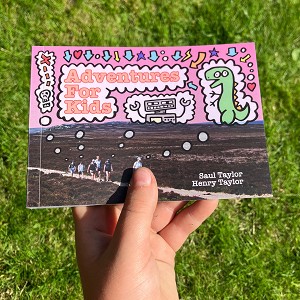
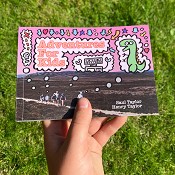
Comments